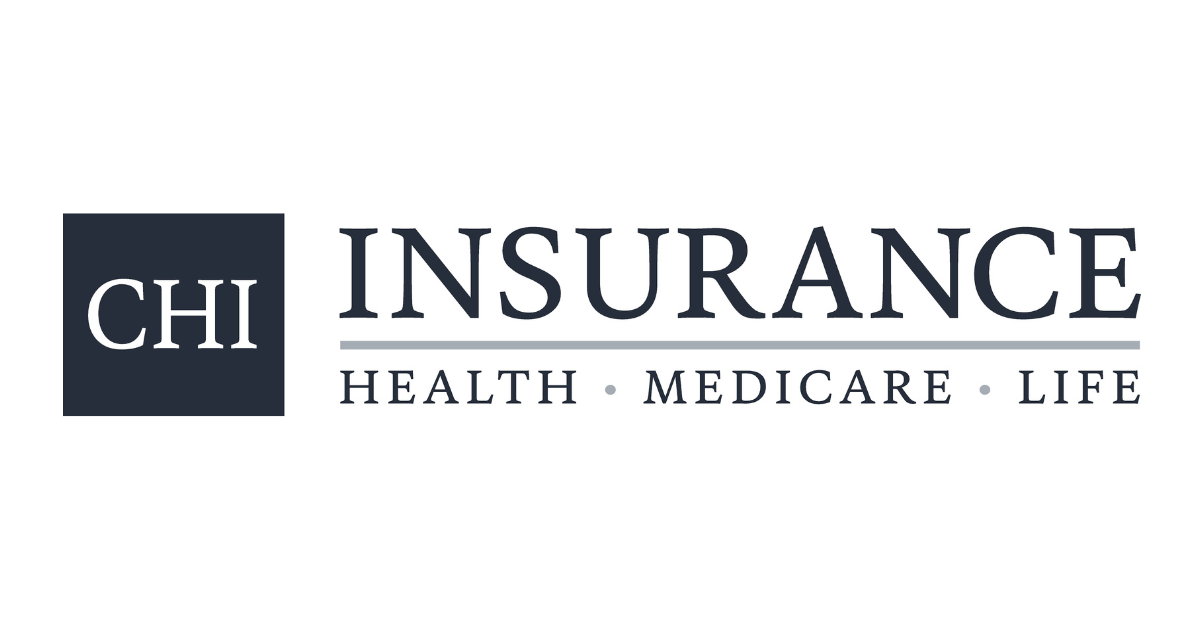Will Insurers Cover Wegovy and other GLP-1 drugs if Medicare Expands Access?

There is a general truth in the health insurance sector: If Medicare and Medicaid are given the green light to cover a certain drug, insurers in the group health and individual health insurance market usually follow suit.
The Centers for Medicare and Medicaid Services (CMS) typically allows Medicare drug plans and Medicaid to cover a drug once the Food and Drug Administration approves it for specific conditions. However, despite the FDA's approval of popular-yet-pricey GLP-1 drugs like Wegovy, Ozempic, and Zepbound for weight loss, these programs do not cover them due to a long-standing rule not to cover anti-obesity medications (AOMs)
In 2024, CMS issued a proposed rule that would cover AOMs used solely for weight loss. However, in April 2025, CMS finalized the proposed rule but did not include coverage for AOMs solely for weight loss in the final rule. CMS stated it would continue to review AOMs and may revisit coverage in the future.
If CMS finalizes the rule, will group health and individual health insurers follow suit?
Current Medicare GLP-1 coverage
Medicare, through Part D drug plans, and Medicaid already cover GLP-1s for certain conditions, including:
- Type 2 diabetes, and
- Cardiovascular disease.
- Currently, some states cover GLP-1 drugs and AOMs under Medicaid.
After the government programs began covering the medications for the above conditions, private insurers have largely done the same.
The drugs approved for these conditions include:
- Ozempic,
- Mounjaro,
- Rybelsus, and
- Wegovy.
The fine print
Experts say that if CMS approves GLP-1s and other AOMs for weight loss, private health insurers would likely do the same. However, this does not mean they would cover them outright. Each plan's copays, deductibles, and coinsurance would still apply, as they do for all other drugs.
The list price of these drugs is around $1,000 a month or more, though some manufacturers offer savings programs that significantly reduce the cost to patients.. Since GLP-1s and AOMs are expensive specialty drugs, insurers would likely put them in their pharmaceutical fee schedule's most expensive tier, meaning that enrollees would pay higher copays and/or coinsurance than for lower-tier drugs.
Additionally, health plans that decide to cover these drugs may require plan enrollees to first try less expensive treatments and/or lifestyle changes before approving a GLP-1 prescription.
Effect on costs
The rising cost of specialty drugs are contributing to overall premium inflation.
In 2023, health insurance outlays for prescription drugs increased by 10.8%, compared to 2.6% for all medical expenses, according to the U.S. Department of Health and Human Services. This increase was driven by brand-name and specialty drugs, particularly those used to treat diabetes and weight loss, such as GLP-1 drugs. If more insurers start covering these popular drugs, it would likely affect premiums.
However, there could be offsetting cost benefits. Consider that:
- These drugs often result in a significant drop in blood-sugar levels, reducing the risk of diabetes-related complications.
- GLP-1s yield an average weight loss of 15 to 20%, and about one-third of users lose approximately 10% of their body weight, according to a study.
- Multiple studies have shown that they can reduce the risk of cardiovascular events, including heart attack and stroke.
- There is growing research to determine if GLP-1s address other health conditions besides diabetes and heart disease.
- The drugs may help people cut back on drinking, according to a study published in JAMA.
Conclusion
The future of Wegovy and other GLP-1 weight-loss drugs in Medicare coverage remains uncertain—but if CMS eventually expands access, private insurers will likely follow. Still, high costs, strict utilization rules, and placement in expensive drug tiers could shape how coverage is offered. For patients, this means progress toward broader access is possible, but planning ahead for out-of-pocket costs will remain essential. Staying informed—and working with a trusted advisor—can help you navigate these changes as the coverage landscape continues to evolve.









